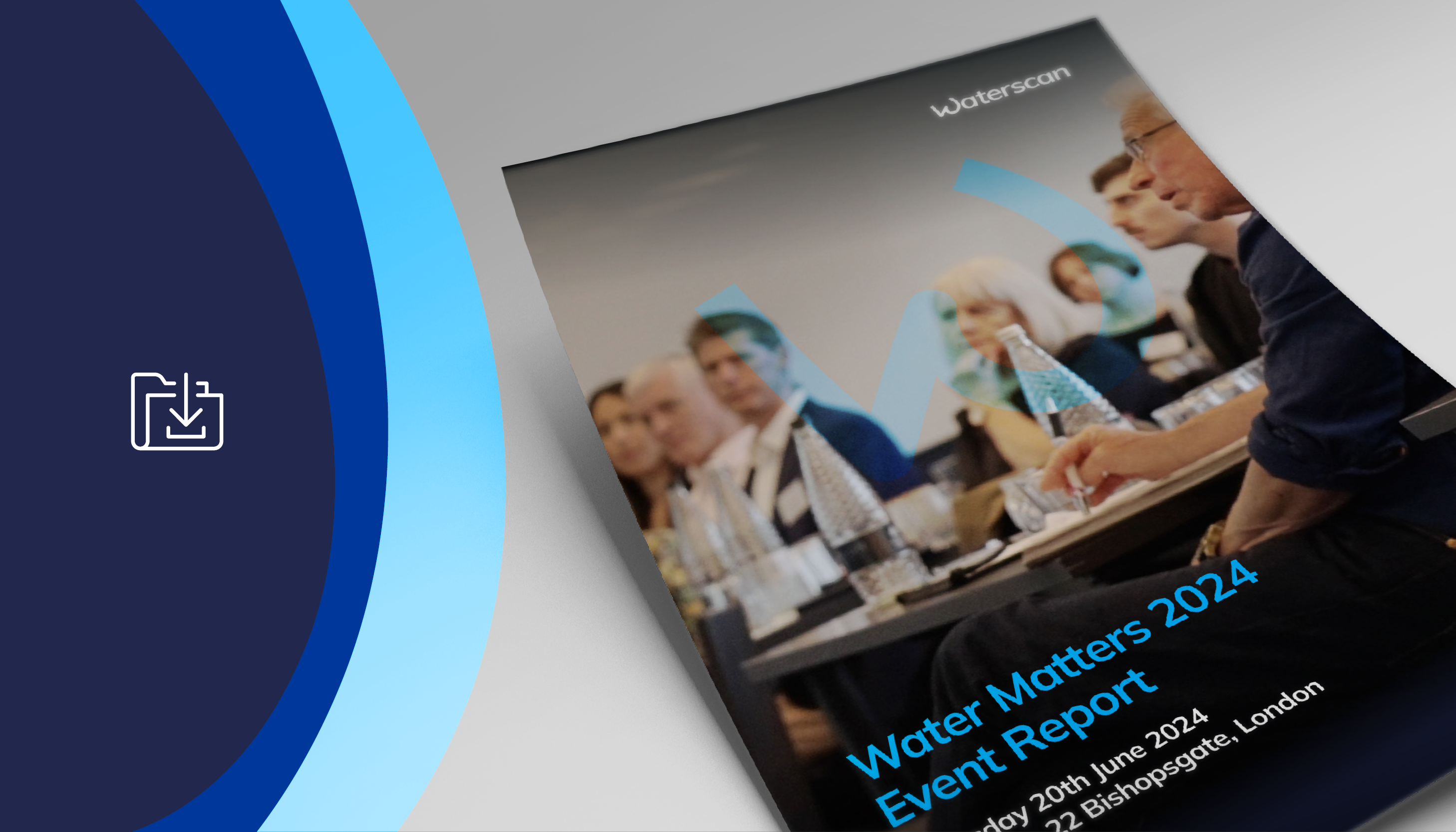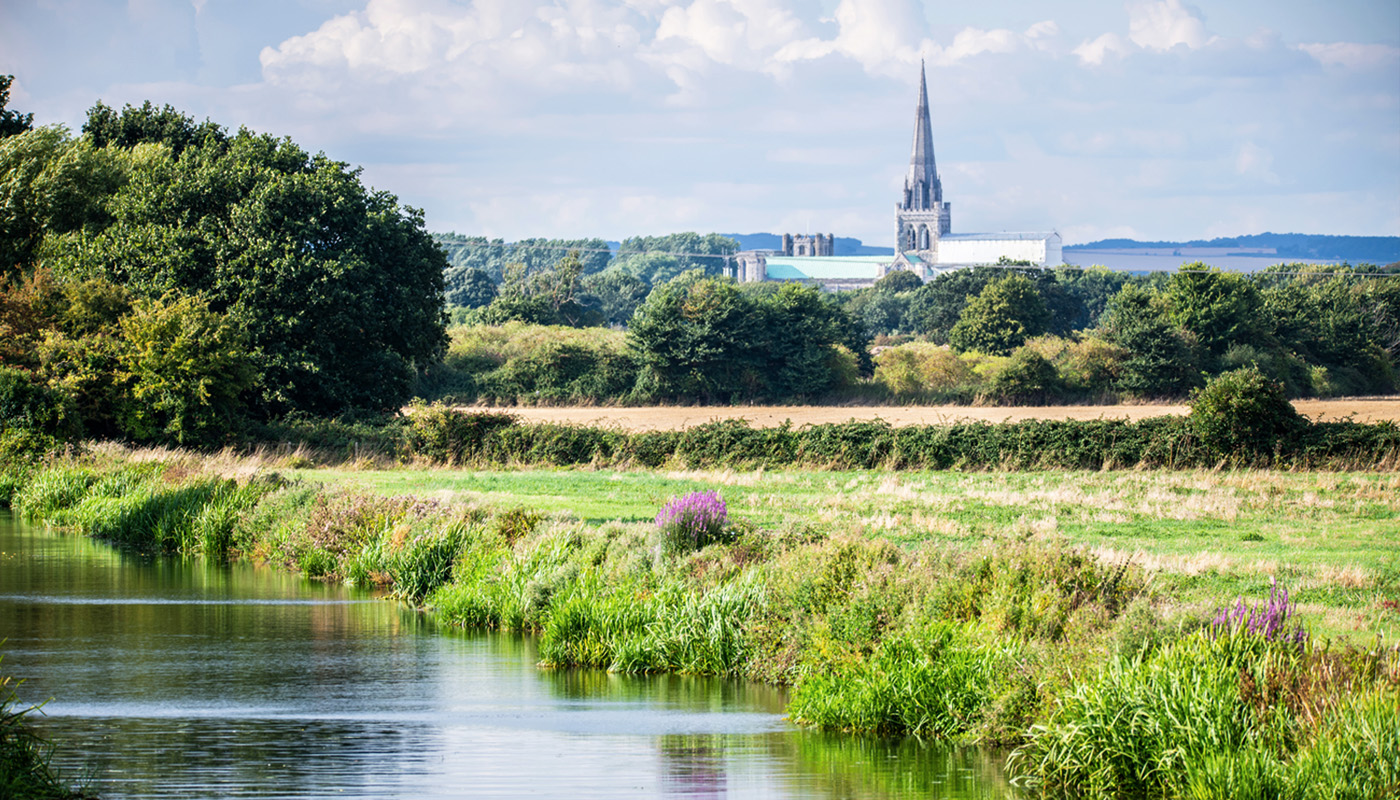Each year, CDP opens its reporting platform from April to August in readiness for scoring in the autumn.
Here are five ways to improve your CDP disclosure:
1. Cement policies and commitments with concrete targets
The CDP questionnaire includes several questions around policies, commitments, targets and planned action. Your answers across these sections are likely to be cross-checked for consistency, so make sure that any commitments, targets and plans that you have in place are aligned with each other. This will clearly demonstrate that you are taking real action to support your aspirations.
2. Focus on data quality
The granularity of the data you present can have a significant impact on your final score, particularly with water, which needs to be managed at a local level (typically at river basin, or at least a country level). CDP expects to see accurate, site-level data that will help you, your stakeholders and your investors to better assess water risks across your property portfolio, and take a more informed robust approach to managing these risks.
3. Present evidence
Remember to always provide supporting data where available. Be sure to disclose any relevant assumptions and outline the accounting and calculation methodologies, and data sources used. Explain thoroughly the rationale behind any exclusions (where you may have excluded part of your operations) or lack of detail in any of your answers.
4. Use approved risk assessment tools
By assessing the individual water security risks for each of your sites, you’ll gain a holistic view of your complete risk exposure, enabling you to prioritise actions at sites that require it most. Moreover, this can catalyse collaboration with other water users and stakeholders in the same river basin/catchment area, which is key to managing that risk. CDP encourages companies to provide a full picture of their approach to risk assessment, and how water-related issues have been integrated into their business strategy. The WWF Water Risk Filter and the WRI Aqueduct Water Risk Atlas are two CDP-approved risk assessment tools that you can use to complete that part of the questionnaire.
5. Get specialist support
Consider external expertise to support your submission but ensure that any third-party verification service you use works to CDP-recognised standards. Independent experts could, for example, help you to improve the accuracy of your disclosure, fill any gaps in your submission, and confirm that methodologies used align with a required standard.
Whether you’re looking to enhance your reporting this year or you’re just dipping a toe into water disclosure, we are here to help you as the UK’s only CDP accredited water strategy specialist.




